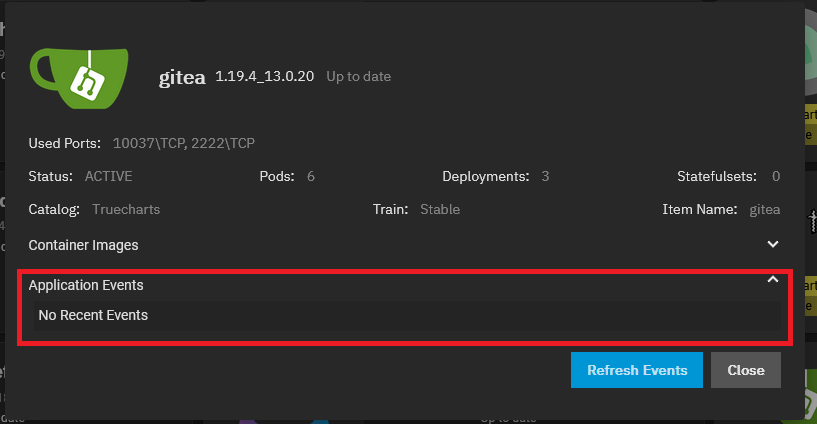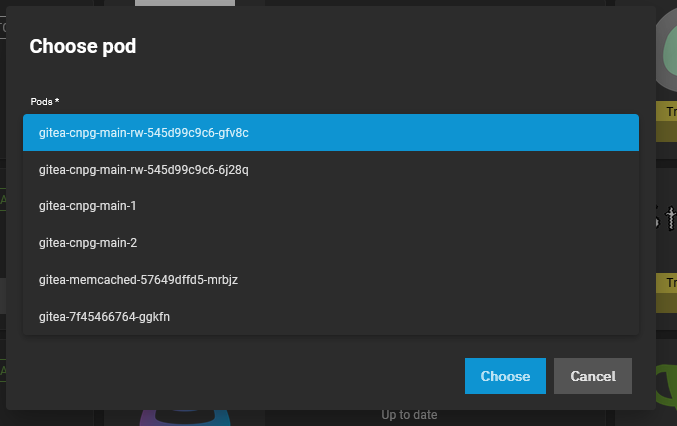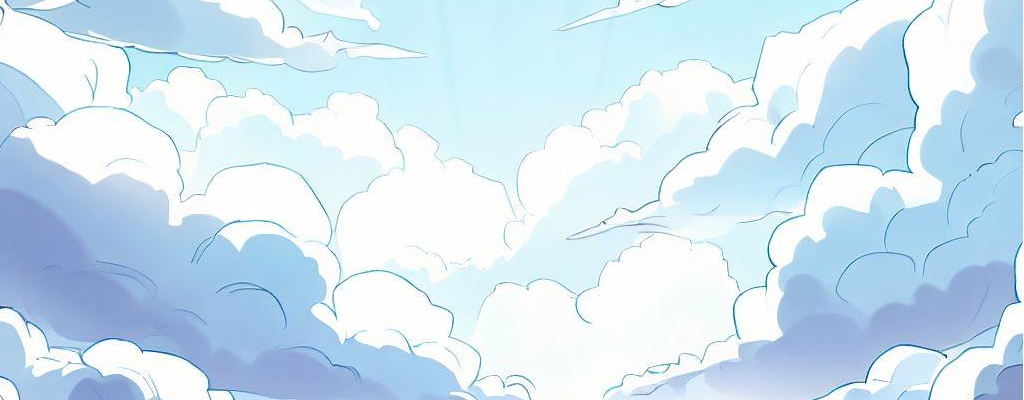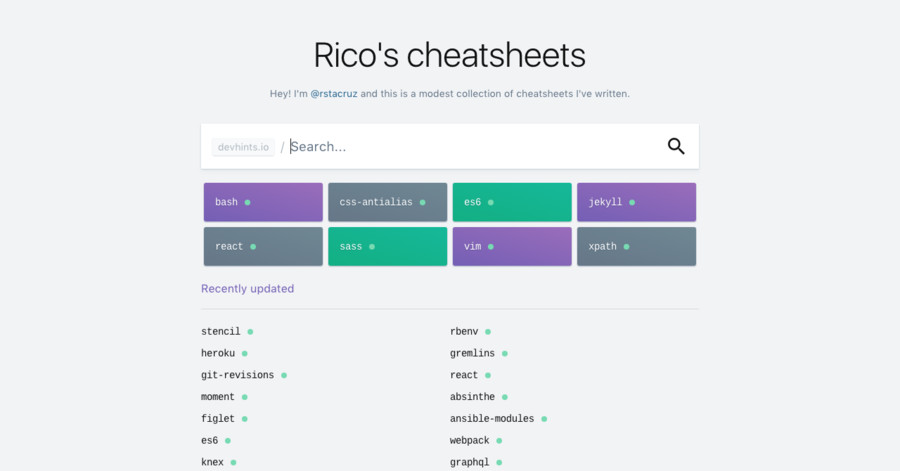- 11 Posts
- 113 Comments

 1·1 year ago
1·1 year agoHave you confirmed if qBit deploys properly without a VPN enable? If so, you could go into qBit without the vpn and try disabling the “Use UPnP / NAT-PMP port forwarding from my router” in Tools > Options > Connection, then try deploying it again.

 2·1 year ago
2·1 year agoHmm… are you using the community version of Tailscale? Since, I’ve never had to enable host networking for any of my apps, and I’ve been able to access all of them through Truecharts Tailscale app while still retaining access to my SMB shares. Also, this may sound silly, but have you double-checked your routes in the Tailscale app?
After looking around, you might be facing an issue with Flatpak permissions. Here’s a comment I found on Reddit created by u/avamk where they solved the same issue.
All right, after much trying I installed Flatseal and enabled the Firefox Flatpak’s access to my home folder.
After this, it created the expected profile folder under ~/.mozilla/firefox/. I put my custom userChrome.css into that profile folder, and >enabled it in my about:config under toolkit.legacyUserProfileCustomizations.stylesheets per these instructions.
With all of these, the custom userChrome.css is finally working!
Link to original post: https://libreddit.tiekoetter.com/r/firefox/comments/rq40cj/cant_find_profile_folder_for_firefox_flatpak_on/
Nice! Glad to hear you got it solved.
Usually when I update it takes no more than 5 minutes max, although I’ve never timed the reboot process. Note, it’s going to depend on your hardware. I’d say, though, if it’s been a decent amount of time, and you haven’t gotten any sign of it responding (after pinging it, checking the systems’ indicator lights, etc.), I’d probably plug a monitor into it and reboot the machine.
I’d love to read your explanation for each distro’s ranking.

 1·1 year ago
1·1 year agoNo, slow transfer speeds should not outright stop an app from functioning.

 1·1 year ago
1·1 year agoNo worries, also to note there may be multiple pods as well as containers, so be sure to check those as well. Although, you can get a pretty good hint at which container is failing based on the application events log that you can first see when you click on the app.
I wanted to provide some screenshots in my last reply, but I was getting an error while trying to upload them, hopefully some of these might help to guide you.
For Application Events:

Example of Multiple Pods:


 2·1 year ago
2·1 year agoAs someone else has pointed out, it really depends on your use case. Although I personally keep my drives (SSD & HDD) in a redundant RAID configuration as my data is largely mission-critical.

 3·1 year ago
3·1 year agoThe Scale apps documentation, containing a couple of guides for a small set of apps.
https://www.truenas.com/docs/scale/scaletutorials/apps/
The app repository for the official apps.
https://github.com/truenas/charts
Also I highly recommend using Truecharts app catalog. They have an extensive list of apps available, and the support on their discord is excellent, in my opinion, although they also appear to be lacking in the documentation department mostly.

 1·1 year ago
1·1 year agoNo worries, my response times aren’t great either, haha.

 1·1 year ago
1·1 year agoFrom the logs you’ve provided, it appears the MariaDB server indicated a normal shutdown process without providing a specific reason for the shutdown initiation. So I’m assuming within your app it’s running multiple containers, would you be able to provide the log of the container that is running into an error that’s causing your app to call the shutdowns.

 1·1 year ago
1·1 year agoWhat do the app logs say?

 1·1 year ago
1·1 year agoThat’s awesome! I tried to get emulatorjs to work but never could and ended up just downloading a local emulator on my desktop.
Regarding wire-guard, I wouldn’t be too worried if you’re using the Truecharts apps, it’s actually super simple to get setup.

 1·1 year ago
1·1 year agoWhat type of issues are you running into specifically, because while you may face some slow-downs if your system can’t handle the load, you should still be able to spin up multiple apps. If you’re just noticing a slow-down of one of your apps, you could try upping the limit in the resource limits section in the app.
It uses QMK with a custom layout.

Not OP, but I also use flat keycaps, so I thought I’d chime in. I’m not really sure why your hands would hurt with flat keycaps, but one of the reasons I chose to use flats were to allow for easier chording with Plover.
Yeah, having the split is super nice, personally I use a BFO-9000 PCB with 3D printed keycaps and case.
Looks nice! I daily drove something like this for a couple of years, then transitioned to a split ortholinear layout, so a bit different but pretty much the same thing.







Whoops, you found me. :P